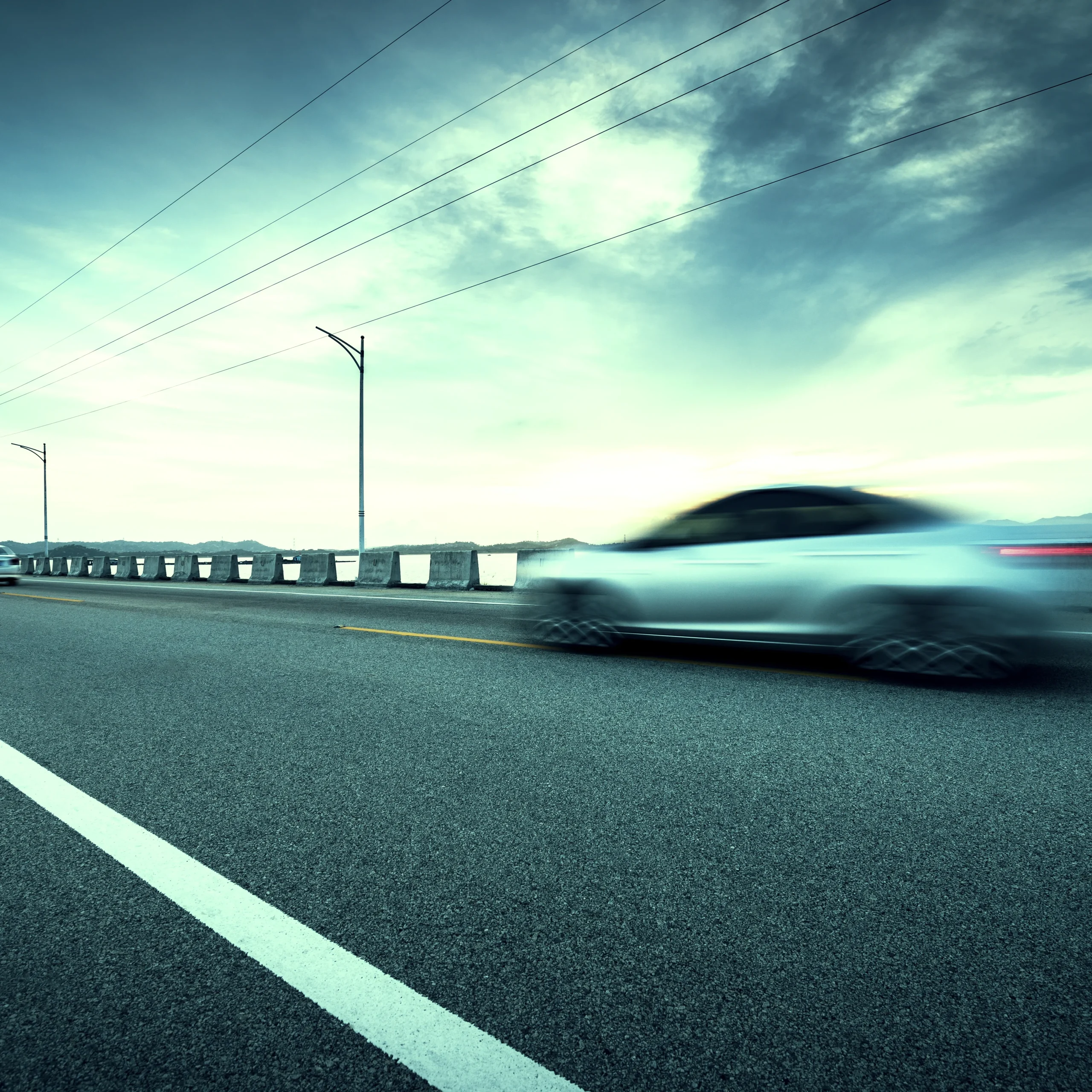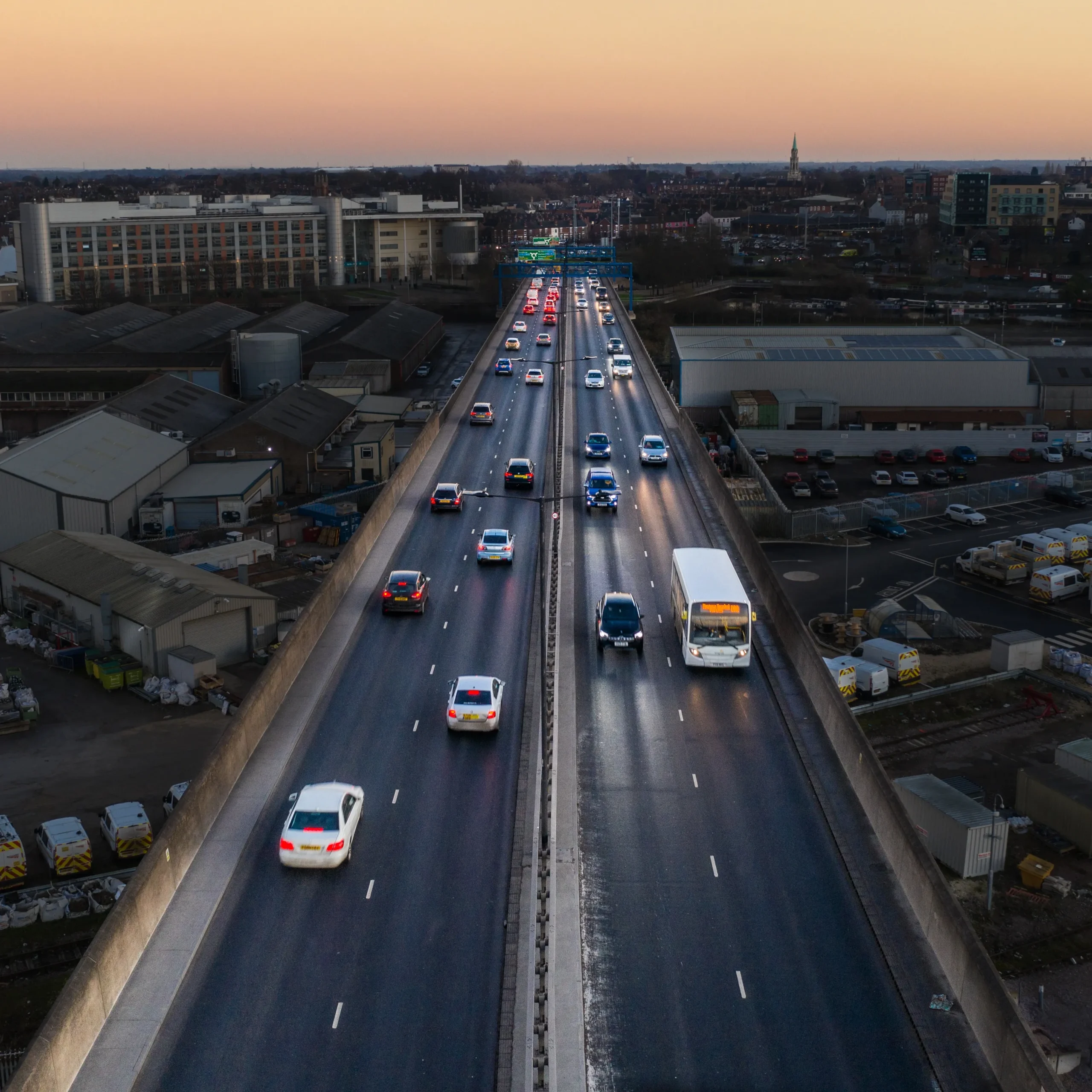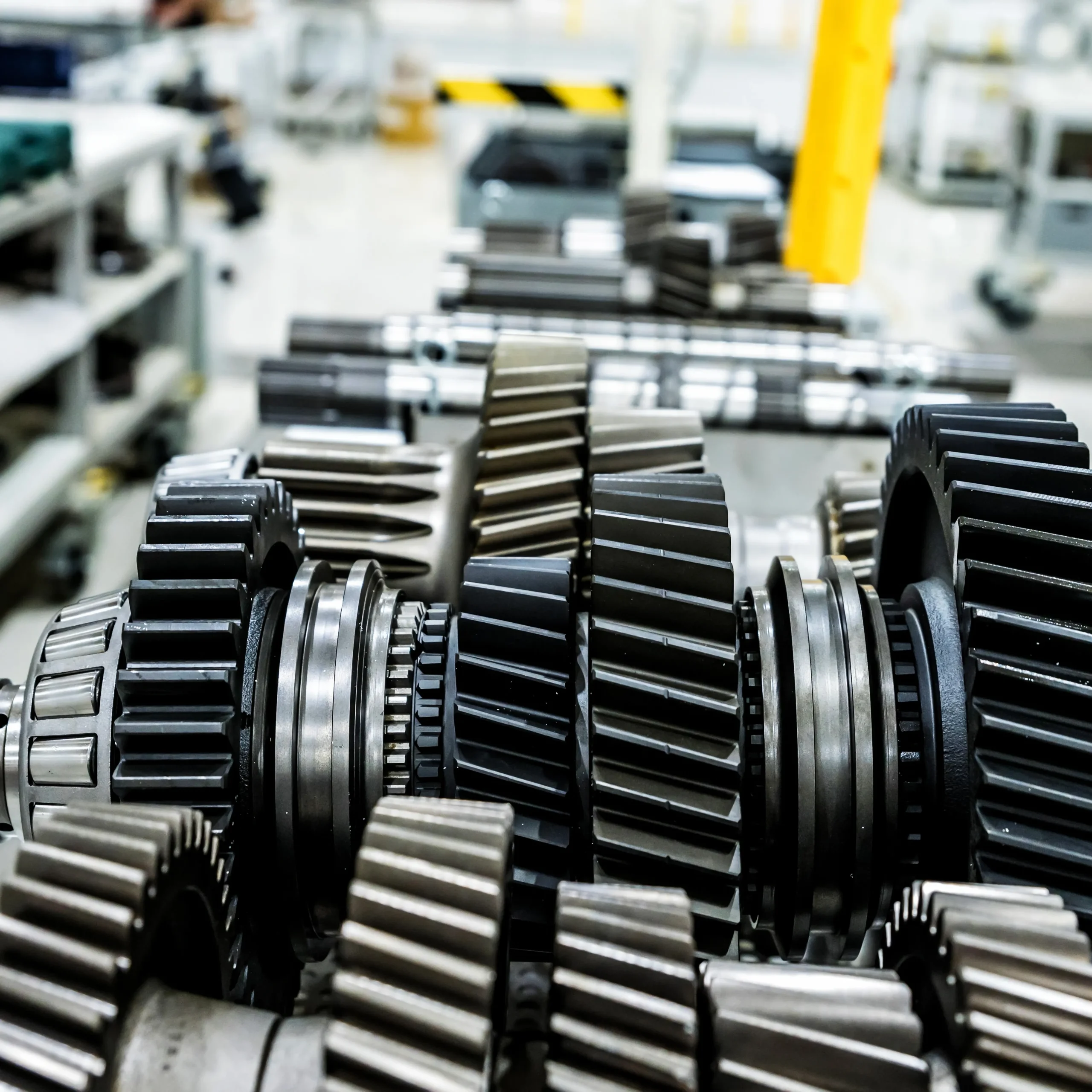Automatic Number Plate Recognition (ANPR) has become a critical component of smart-city infrastructure, toll collection, congestion charging, border control, and parking management. As municipalities and integrators demand smaller, more energy-efficient devices, the spotlight has shifted toward OEM ANPR cameras that combine compact high-resolution traffic imaging with dependable 24/7 operation. In this article we explore best practices for designing robust license-plate-recognition hardware using KAYA Vision’s Iron 4521, Iron 0505HS, and Zinc 661 PCIe models.
Why Compact High-Resolution Matters in Traffic Imaging
An ANPR installation must clearly resolve alphanumeric characters at distances ranging from bumper-to-bumper urban queues to high-speed motorway lanes. For that reason, sensor resolution directly translates to recognition confidence. Compact high-resolution traffic-imaging systems let developers mount the optics closer to the roadway, shrink enclosure sizes, and lower overall system cost without sacrificing pixel density on the plate.
KAYA Vision’s Iron 0505HS provides 25-megapixel output at up to 150 fps in its high-speed version, while the Iron 4521 reaches 232 fps at its full 21-megapixel resolution using a global-shutter architecture. These specifications allow the cameras to freeze fast-moving vehicles and still deliver enough pixels per character for reliable OCR. For wide-lane coverage or multi-lane toll booths, the 127-megapixel Zinc 661 PCIe pushes resolution to 13 400 × 9528 pixels, enabling a single sensor to cover two or three lanes simultaneously.
Core Hardware Requirements for License Plate Recognition
- Global or low-smear shutter for motion freeze
- High dynamic range to handle both sunlit plates and retro-reflective materials at night
- High interface bandwidth for real-time streaming to the processing unit
- Wide temperature specification and vibration tolerance for roadside deployment
Iron 4521’s global shutter, 65 dB dynamic range, and CoaXPress v2.0 interface supply up to 50 Gbps of raw data, ideal for real-time FPGA processing or GPU analytics. Meanwhile, Iron 0505HS features up to 65 dB dynamic range, PoCXP support, and flexible dual or quad CoaXPress v2.0 channels, allowing simplified cabling and deployment in roadside systems.
Choosing the Right Sensor Resolution
The rule of thumb for license-plate-recognition hardware is 80–120 pixels across the plate width. With a 25 MP Iron 0505HS mounted 12 m above a 3.5 m wide lane, designers can achieve well over 100 pixels per plate, leaving ample headroom for cropping and digital zoom. The higher-resolution Zinc 661 PCIe is better suited for applications that need to capture multiple plates per frame, such as open-road tolling or enforcement zones with variable vehicle spacing.
It is tempting to overspecify resolution, but remember that each additional pixel increases interface bandwidth and processing power. KAYA Vision’s product line lets developers right-size the sensor: Iron 4521 for space-constrained city cameras needing very high frame rates, Iron 0505HS for single-lane highway systems, and Zinc 661 PCIe for multi-lane or panoramic deployments.
Interface Bandwidth and Latency
Real-time plate recognition relies on deterministic data transfer. CoaXPress v2.0 in Iron 4521 and CoaXPress v2.0 in Iron 0505HS each support high bandwidth with sub-2 µs trigger latency, ensuring synchronization between strobe pulses and image exposure. The eight-lane PCIe Gen 3 output on Zinc 661 PCIe eliminates frame grabbers entirely; captured frames stream straight into an embedded CPU or GPU board, reducing system cost and points of failure.
When designing OEM ANPR cameras, keep cable length in mind. CoaXPress can run 35 m over Micro-BNC with standard copper or hundreds of meters using fiber converters. For pole-top enclosures placed close to the road, the shorter, direct PCIe approach of Zinc 661 PCIe can simplify installation.
Lighting and Optics Best Practices
Good lighting is essential for reliable license-plate recognition. Integrators should pair KAYA Vision cameras with high-power LED illumination in the 730–850 nm band, synchronized via the camera’s opto-isolated I/O. Both Iron models include a dedicated strobe output, while Zinc 661 PCIe exposes a timer-controlled opto-isolated output capable of switching up to 30 V.
To minimize reflections from vehicle bodies, position the light source at a 30–45° angle relative to the license plate. Polarizing filters on both lens and illuminator can further suppress glare. For multi-lane systems, use multiple narrow-angle illuminators instead of a single floodlight to maintain uniformity across the field of view.
Lens selection is equally critical. Compact high-resolution traffic imaging requires low-distortion glass capable of resolving at least 150 line pairs per millimeter at the sensor plane. Iron 4521 supports F, M42, or EF mounts, while Iron 0505HS offers C, F, or EF mounts for flexibility. Zinc 661 PCIe’s larger 56.7 mm diagonal sensor pairs well with M72 lenses that control vignetting in ultra-wide scenes.
Environmental Robustness and Housing
Roadside equipment must survive temperature extremes, shock from passing heavy vehicles, and ingress from dust or spray. All three KAYA Vision cameras offer optional IP67 sealing with a protective lens tube. Operating ranges stretch from -40 °C to +70 °C for Iron 4521 industrial versions, from -40 °C to +80 °C for Iron 0505HS, and from -40 °C to +70 °C for the robust Zinc 661 PCIe. Vibration and shock testing follow MIL-STD-810G, ensuring that moving parts remain stable in harsh conditions.
Thermal management is often overlooked. Even low-power cameras can overheat in sealed housings under direct sunlight. Use heat sinks or an internal fan when ambient exceeds 50 °C. Iron 4521 includes three temperature sensors accessible via GenICam, allowing proactive shutdown before damage occurs.
Integrating KAYA Vision Cameras into OEM ANPR Systems
Because OEM ANPR cameras are typically embedded into custom enclosures, board-level access is vital. KAYA Vision supplies comprehensive APIs and reference drivers for Windows and Linux. Developers can adjust exposure, gain, and high-dynamic-range modes via GenICam nodes, or load custom lookup tables into on-camera memory for preprocessing. Real-time statistics—frame counter, operating hours, voltage, and temperature—permit predictive maintenance in large deployments.
For low-latency analytics, stream raw Bayer or monochrome data over CoaXPress into an FPGA. Iron 4521’s frame-by-frame shutter-speed change enables exposure bracketing, improving recognition when vehicles have headlights on. When using Zinc 661 PCIe, leverage the eight PCIe lanes to ingest 21.5 fps of 127 MP imagery and run convolutional neural networks directly on a GPU such as NVIDIA Jetson AGX Orin, eliminating intermediate compression steps.
Software and Firmware Considerations
High-quality imaging is only half of the license-plate-recognition hardware equation. Plate location, segmentation, and OCR must run within the 50–150 ms budget between capture and barrier actuation. With modern CNNs, compute time scales roughly linearly with pixel count, making careful ROI cropping essential. Iron 0505HS and Iron 4521 both provide hardware ROI, letting the camera transmit only the region containing the plate. This reduces bandwidth and inference time by up to 80 % in city deployments with known mounting angles.
Firmware upgrades can be pushed remotely over the same data link thanks to CoaXPress device-side bootloaders. Encrypt firmware images to prevent tampering, and authenticate updates using device-unique certificates stored in the camera’s non-volatile memory. These security practices are especially important where ANPR is tied to revenue collection.
Deployment Checklist
- Validate that the chosen KAYA Vision model delivers at least 100 pixels across the smallest expected plate.
- Match lens focal length to the site geometry; verify resolution using a printed plate-scale chart.
- Configure global shutter operation and test motion blur with vehicles driving at maximum speed.
- Synchronize LED strobe via the camera’s opto-isolated output; measure exposure with a photodiode.
- Enable automatic gain but set upper limits to avoid blooming from retro-reflective sheeting.
- Seal the enclosure to IP67 and include desiccant packs to handle humidity swings.
- Monitor temperature sensors and log data via SNMP or REST for predictive maintenance.
- Use on-camera ROI to cut unnecessary pixels before they hit the neural network.
- Benchmark end-to-end latency—capture to gate trigger—under both day and night conditions.
- Document firmware versions and store encrypted backups for rapid field servicing.
By following these guidelines and leveraging the advanced capabilities of Iron 4521, Iron 0505HS, and Zinc 661 PCIe, system integrators can build OEM ANPR cameras that set new benchmarks in compact high-resolution traffic imaging and dependable 24/7 license-plate recognition.




